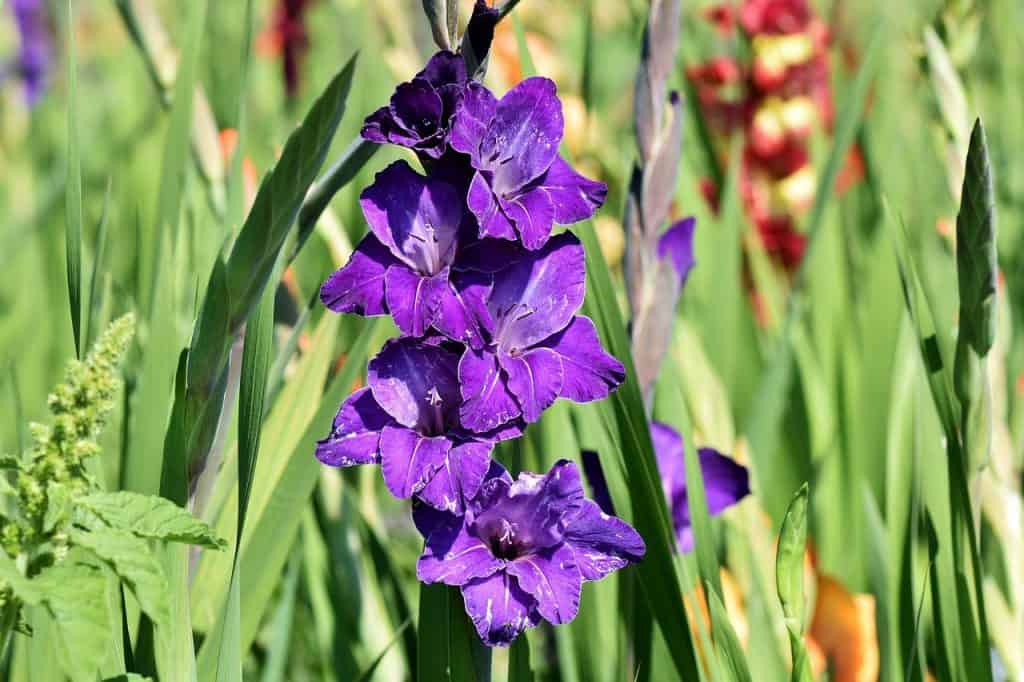How To Grow And Care For A Gladiolus Plant
Growing gladiolus plants in your garden is easy and enjoyable. With the right care and attention, you can enjoy beautiful colors and blooms year after year. Here's everything you need to know about gladiolus plants, from planting to caring for them. Plant Attributes Gladiolus plants are known for their colorful and showy blooms, which can grow up to 3 to 4 feet tall. They come in a variety of colors including red, pink, orange, yellow, and white. The blooms are tubular and grow along the stem, providing a beautiful display of color. The leaves are long and sword-shaped, adding an architectural element to your garden. Plant Care When planting gladiolus bulbs, select a location that receives full sun for at least six hours a day. The soil should be well-draining and rich in organic matter. Plant the bulbs in the spring, after the last frost, and space them out 6 to 8 inches apart. Gladiolus plants need consistent moisture, but make sure not to overwater them as this can cause root rot. Apply a balanced fertilizer once a month during the growing season. Pruning Once the blooms have faded, it's important to cut the stem back to about half its height. This encourages the plant to focus its energy on growing new roots and bulbs. Propagation Gladiolus plants can be propagated by digging up the bulbs in the fall, after the foliage has died back. Separate the bulbs and store them in a cool, dry location until the next planting season. Alternatively, you can leave the bulbs in the ground and cover them with a thick layer of mulch for winter protection. Potting & Repotting If you want to grow gladiolus plants in containers, choose a container that is at least 12 inches deep and wide. Fill the container with well-draining potting soil and plant the bulbs 4 to 6 inches deep. Make sure to keep the soil consistently moist and fertilize once a month during the growing season. Common Pests & Plant Disease Gladiolus plants are susceptible to pests such as thrips, mites, and aphids. These can be treated with insecticidal soap or neem oil. To prevent disease, make sure to plant the bulbs in well-draining soil and avoid overwatering. If you do notice signs of disease, such as yellowing leaves or wilting, remove the affected plant material and dispose of it. Common Problems One common problem with gladiolus plants is their tendency to flop over due to their height. To prevent this, you can stake the stems or plant them in an area protected from wind. Another problem is bulbs that don't bloom. This can be due to a lack of sunlight, poor soil, or overcrowding. Make sure to plant the bulbs in a location with full sun and enrich the soil with organic matter before planting. In conclusion, growing gladiolus plants is a fun and rewarding experience. By following these tips and tricks, you can enjoy beautiful blooms year after year. So go ahead and plant some gladiolus bulbs in your garden or in a container on your porch. You won't be disappointed with the results. 



www.gardeningknowhow.com

www.pinterest.com

gardeningelsa.com
Post a Comment for "How To Grow And Care For A Gladiolus Plant"